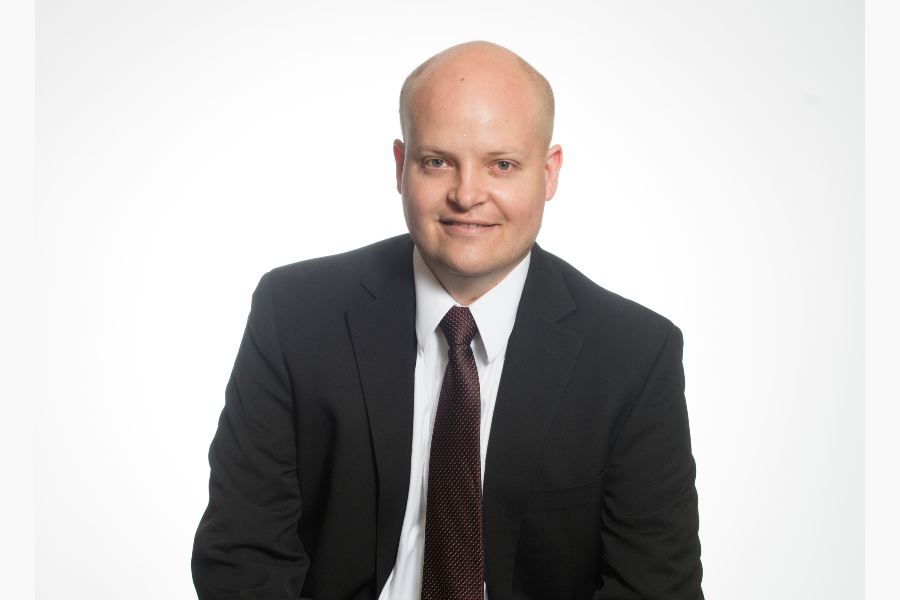
Investors remain uneasy as several banks, such as First Republic Bank, have collapsed so far this year. Many remain concerned over how these bank failures will impact the U.S. economy.
Michael Iselin, an associate professor at the University of Minnesota's Carlson School of Management, answers questions about factors at play in the emerging banking crisis.
Q: What is causing the recent string of bank collapses?
Prof. Iselin: The recent banking collapses are largely driven by the rapid increase in interest rates that these institutions have to pay on their deposits. The institutions are not able to adjust the interest rates on a lot of their assets, which were locked in at fixed interest rates for long periods of time. This means the banks are paying their clients a higher interest on their deposits than what the banks are taking in on loans.
This issue impacts more mid-size and smaller banks because they're less diversified and don’t have as many different streams of revenue that can offset some of these fixed interest rate issues. It is also particularly relevant for banks that rely heavily on uninsured deposits that are not protected by FDIC insurance because, at the first sign of trouble, these depositors often pull their money out of the bank, which exacerbates the bank’s problems.
Q: Where was the oversight?
Prof. Iselin: Rollbacks of some regulations in the Dodd-Frank Act under the Trump administration may have contributed to the recent collapses. The rollbacks included raising the asset threshold so that only the very largest banks would face additional oversight and stress tests. Now some of those mid-size banks which would have been subjected to those elevated standards, like Silicon Valley Bank, have failed.
Q: How is this crisis different from what happened in 2008?
Prof. Iselin: While the financial crisis of 2008 is fresh in people’s minds, that situation was different from what banks are facing today. That crisis was related to credit risk. Simply put, institutions gave out too many loans to people who couldn’t afford to pay them.
The current collapses are much more analogous to what powered the savings and loan crisis of the 1980s. Then, the underlying root cause was also interest rate risk. Inflation and interest rates shot up dramatically — even higher than today’s rate hikes. Since savings and loan institutions largely managed loans with fixed-rate securities, they suffered great losses as the interest rates increased. Deregulation in the industry backfired and worsened the situation. That crisis ended with great reform and a heavy cost to taxpayers, estimated as high as $124 billion, according to Federal Reserve History. So far, the government has stated taxpayers won’t bear the burden in the current financial crisis.
Q: What do these bank collapses mean for the average person with a bank account?
Prof. Iselin: For the average person, your deposits are safe. They're backed by deposit insurance funds. Even for deposits for some of the affected banks that exceeded deposit insurance thresholds, the FDIC has stepped in and said it would back those deposits. For the most part, you should be able to sleep well at night and not be too concerned. The concern is more from an investor perspective. It might drag down a little bit, at least temporarily, on your investment portfolios or your retirement accounts.
Q: How long will it take for the banking system to stabilize?
Prof. Iselin: The future remains uncertain. A slowing or stopping of interest rate increases would help — but not completely eliminate — the risk. The larger, more diversified institutions are in a better position to weather this storm. Investors should remain vigilant, but also not get too jumpy as that could also impact swings in the market.
Michael Iselin is an associate professor in the accounting department at the Carlson School of Management. His research focuses on the impact of new accounting standards and regulations on firms’ decisions. He also does work related to financial institutions, bank regulation, risk management and corporate governance.
About the Carlson School of Management
Located on the University of Minnesota Twin Cities campus, the Carlson School of Management exemplifies a commitment to excellence through a focus on experiential learning and international education, and by maintaining strong ties with the Minneapolis/Saint Paul business community. Through its undergraduate and graduate programs, the Carlson School offers access to world-renowned faculty members and an alumni network of 55,000 people. Learn more at carlsonschool.umn.edu.
- Categories:
- Business and Management





